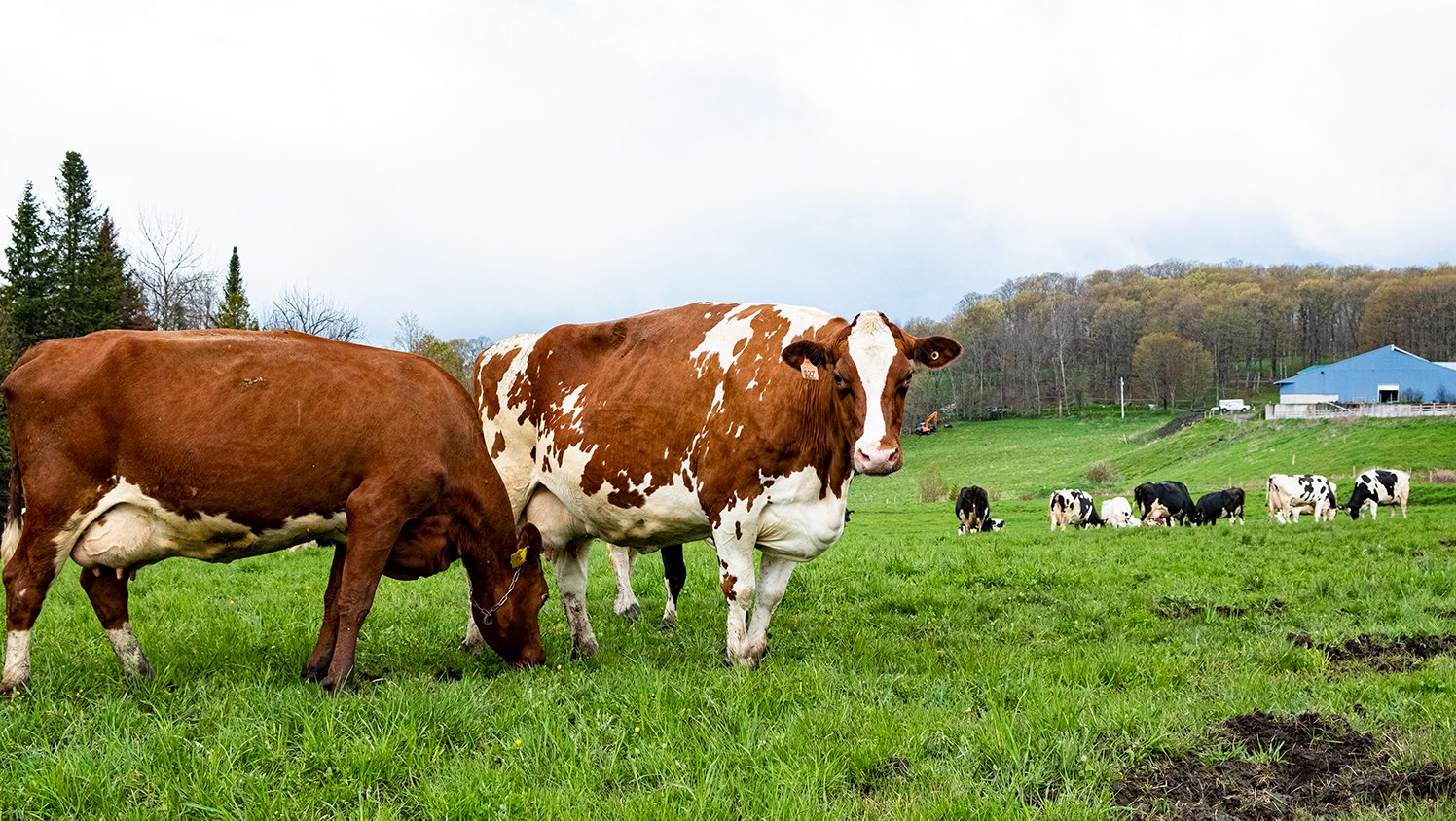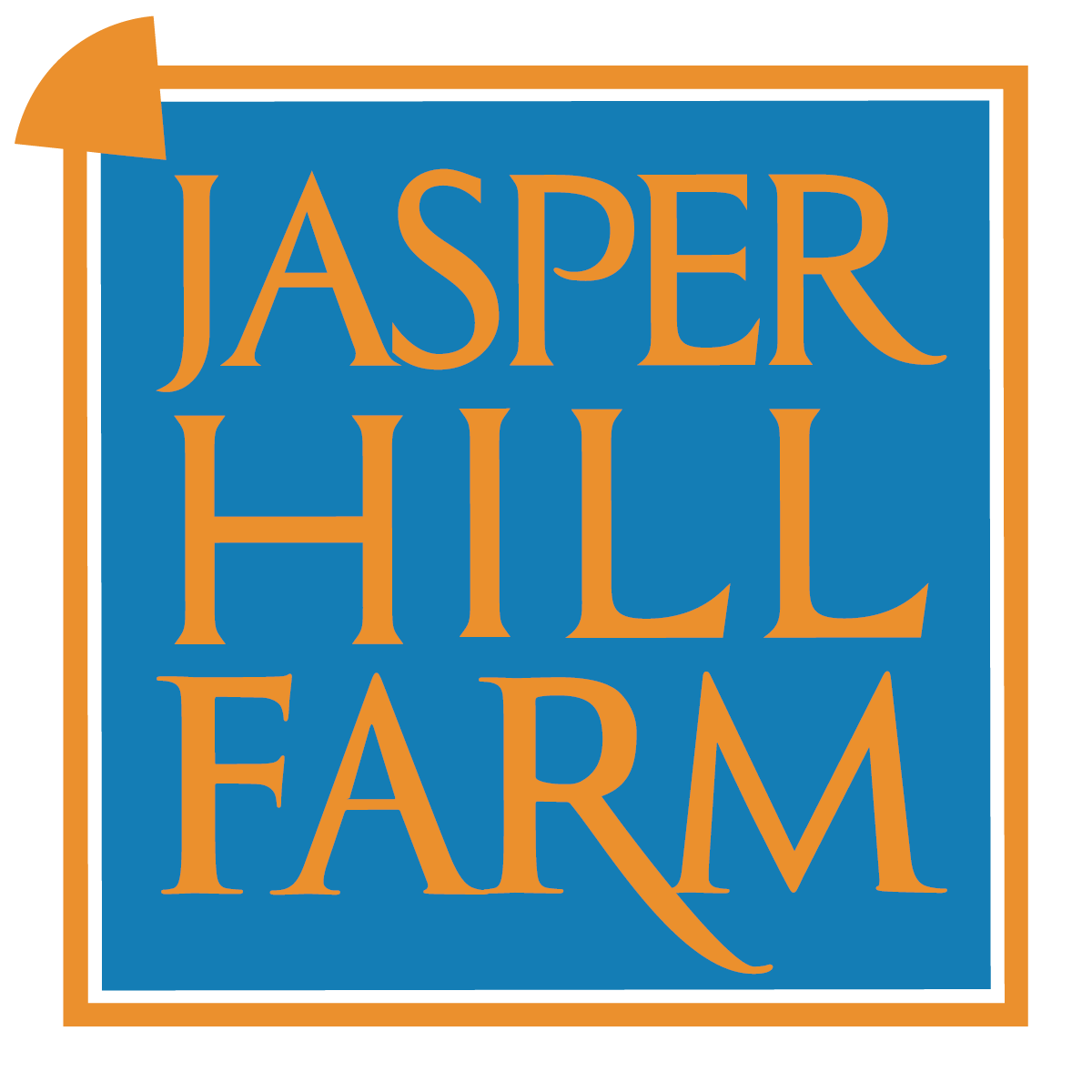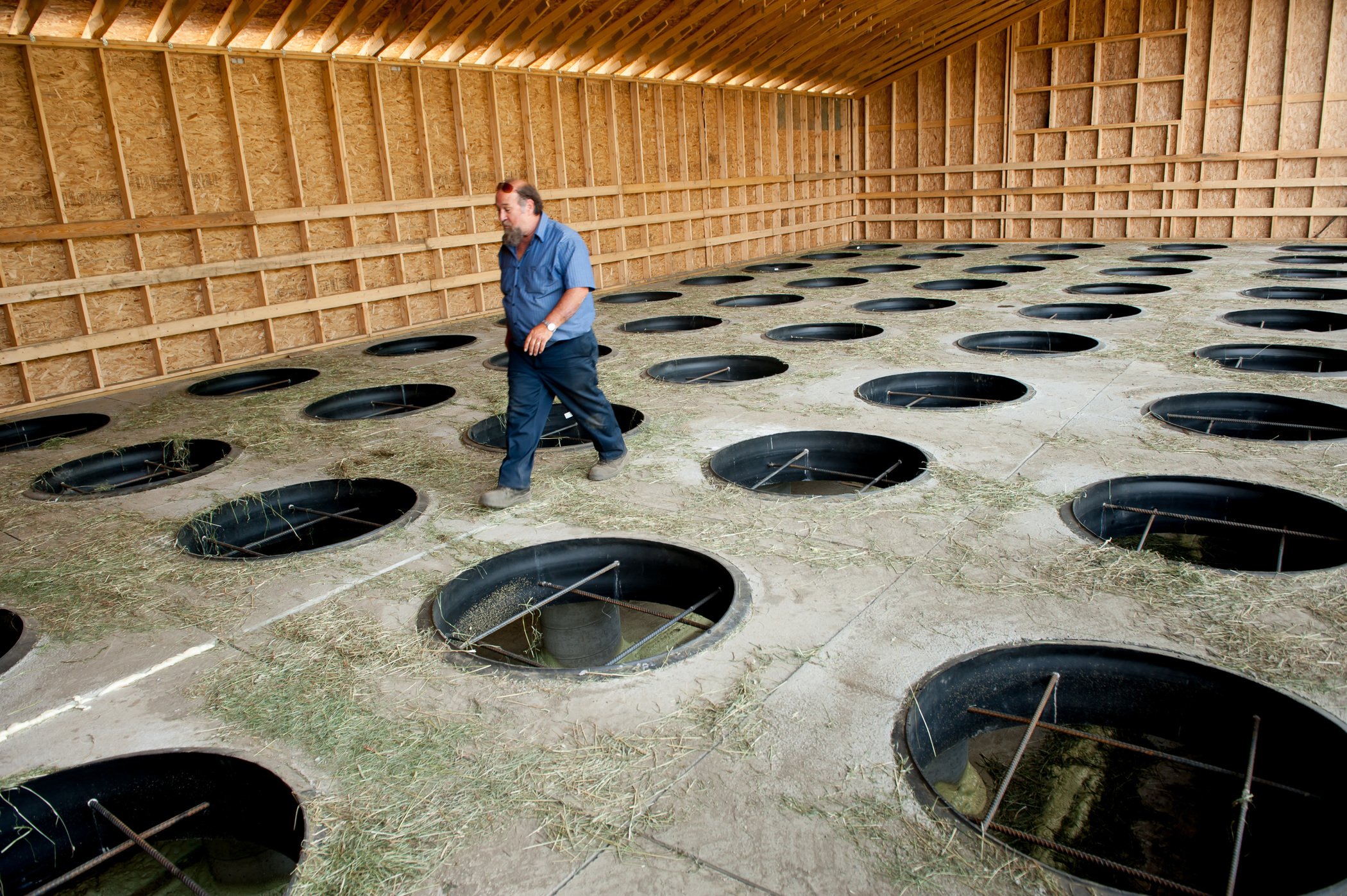
Regenerative
Agriculture
Our Landscape is our most precious resource. As the foundation of quality and flavor in our cheese, we must ensure that our farming practices preserve our regional biodiversity, build solid soils, and are worked in an emission-sensitive way.
IT ALL STARTS WITH GRASS
Our cropping crew carefully manages our pastures to provide our cows with nutritious grasses and other diverse botanicals throughout the grazing season.
This biodiversity ultimately plays a key role in the overall flavor development of our cheeses, especially those made with raw milk.
HAY FOR DAYS
Our team works tirelessly all summer long to cut and bale as much hay as possible. Harvesting our own hay allows us to provide our cows with local, nutritious feed through our long winters.
These round bales are then taken to the Randi Albert Calderwood Cropping Center, where they are dried and stored.
WHY DRY?
Vermont’s climate makes it difficult to sun-dry hay the old-fashioned way. In order to expedite the process and avoid using fermented feed, we dry our bales in our state-of-the-art hay drier.
This preserves the aroma, color, and nutrients of the hay, ensuring that our Taste of Place persists year-round.

OUR HERD
Jasper Hill Farm uses the milk of its single herd of cows for raw milk cheesemaking. Jasper Hill purchased Andersonville Farm in 2012 as a secondary milk source that could be managed with the meticulous practices necessary for particular styles of cheese. The original herd of Ayrshire cows in Greensboro was relocated to Andersonville in early 2020 due to issues related to the pandemic. Now that things are stabilized, a new more modern barn and milking parlor are in the works at the original farm site.
As a pasture-based dairy; in our climate, this means that the cows are on pasture roughly from May through October, or as long as weather permits. During the growing season, our cows graze on lush pasture grasses, and in winter their forage is replaced with dry hay. Their diet is supplemented year-round with a non-GMO grain ration that maintains digestive health and stabilizes milk components. Dry hay is harvested throughout the summer from local fields, using the Randi Albert Calderwood Cropping Center, and stored for those long winter months, ensuring that our ‘taste of place’ persists year-round.

Since the purchase of Andersonville, Jasper Hill has undertaken an immense amount of work to rehabilitate the surrounding pasture land, which had been converted to feed corn production—a very common practice in the late 1900s. The vision of grazing cows once again at this historic Glover, VT farm has finally been realized for the first time in the summer of 2021.
For pasteurized cheesemaking, Jasper Hill also supports two small local farms in Greensboro. About 50 cows each, these farms are also pasture-based and supplemented with dry hay. Producing milk for Jasper Hill means that these farms can disconnect from the volatile and less profitable commodity milk market and can realize the real value of their hard work by charging premium prices for premium milk. Our vision is to bring more small farms into the fold to ensure a living wage and an endurance of dairy farming as a viable livelihood in our region.
Randi Albert Calderwood Cropping Center
To make hay while the sun shines is a particularly difficult task in our precipitous Northeast Kingdom climate. For this reason, fermented hay, which is gathered and stored 'wet', is much more common and affordable around these parts. Unfortunately, the microbial profile of fermented feed wreaks havoc on the delicate balance of microflora in our raw milk cheeses. After years of purchasing dry hay from other regions, we've finally taken matters into our own hands.
We first researched the various European methods for drying hay when weather poses a problem, and then settled on an approach often used in the Emilia-Romagna region of Italy, famous for Parmigiano Reggiano and its all dry-hay-fed cows. We worked with AgriCompact Technologies to design the first hay dryer to operate in the United States. It works by forcing dry, warm air up through freshly baled hay rounds, zapping moisture that can then be evacuated when the air in the drying chamber becomes saturated.
We can now remove the amount of water that days of sunshine would take in about six hours. This quick-drying method preserves the aroma, color, and nutrients of the hay. The cows find it more delicious and we can reduce their grain ration due to the boost in nutrition, as well as further localize their feed sources.
The shape of the building was specially designed to host an 11,000-square-foot solar array, which is offsetting more than half of Jasper Hill Farm's electricity usage.










